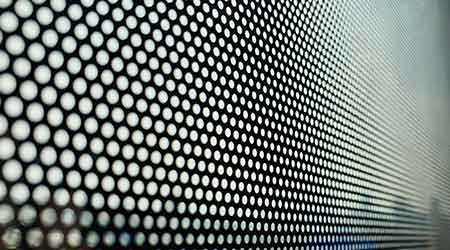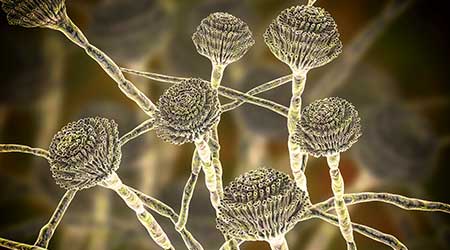
Tiny Holes Can Make Solar Cells Nearly Crystal Clear
December 18, 2019
Holes the size of human hair placed strategically on crystalline silicon solar cells effectively make the cells transparent, opening up the possibility of using the material in windows, according to researchers in Korea.
Crystalline silicon is opaque, and current transparent solar technology on the market tends to have a reddish hue. What the researchers were able to discover is that the microholes allow enough light to go through the crystalline silicon to let it appear clear and neutral, while still achieving a conversion efficiency of 12.2 percent, according to Science Daily. Highly efficient solar cells on the market currently achieve conversion efficiencies of over 20 percent.
Researchers admit they have a long way to go to achieve scale with their discovery. For example, the next goal is to create a transparent cell up to 3.88 inches square with a conversion efficiency of 15 percent. However, with the glass box aesthetic in buildings not likely to go anywhere anytime soon, and the benefits provided by views and access to daylight from all that glazing widely accepted, the possibility of a window unit that can also generate electricity is a worthy grail to pursue.
Naomi Millán is senior editor of Building Operating Management.
Next
Read next on FacilitiesNet












